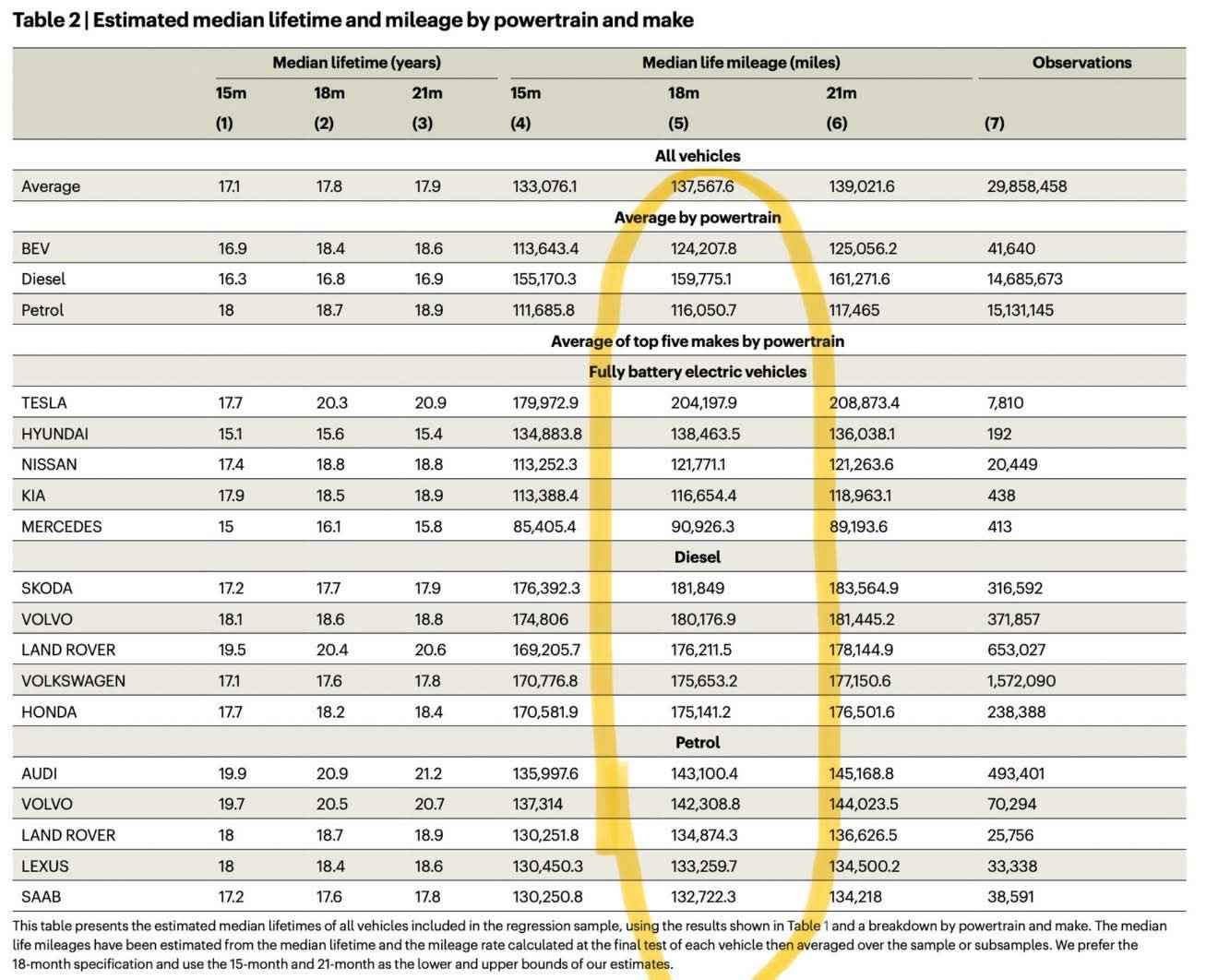
When it comes to vehicle reliability, people often mix up different aspects, leading to some confusion. For example, they might lump software issues and build quality into the same category as “reliability,” without realizing that these issues are often non-existent in ICE cars or hybrids like the Prius, which simply don’t have the advanced tech features that could potentially go wrong in the first place.
Let’s take horsepower as another example. If you compare a regular C-Class to a high-performance C63S AMG, it’s clear that the latter is much more complex, with a lot more power and features. A car with 450+ horsepower, like a Tesla, or even the 1000+ horsepower Plaid, is in a different league than most ICE vehicles, both in terms of performance and reliability.
Sure, there are still some drawbacks, like serviceability. Many of the issues that get reported with Teslas stem from regular driving obstacles—hitting curbs, road debris, or minor accidents that cause bigger problems. And let’s not forget the lack of a widespread service network. But when it comes to longevity and reliability, Teslas are setting a new standard that leaves traditional gas and hybrid vehicles in the dust.
So next time someone says EVs won’t last, just remind them that the data says otherwise. Tesla’s leading the way in vehicle lifespan, and it’s not even close.

